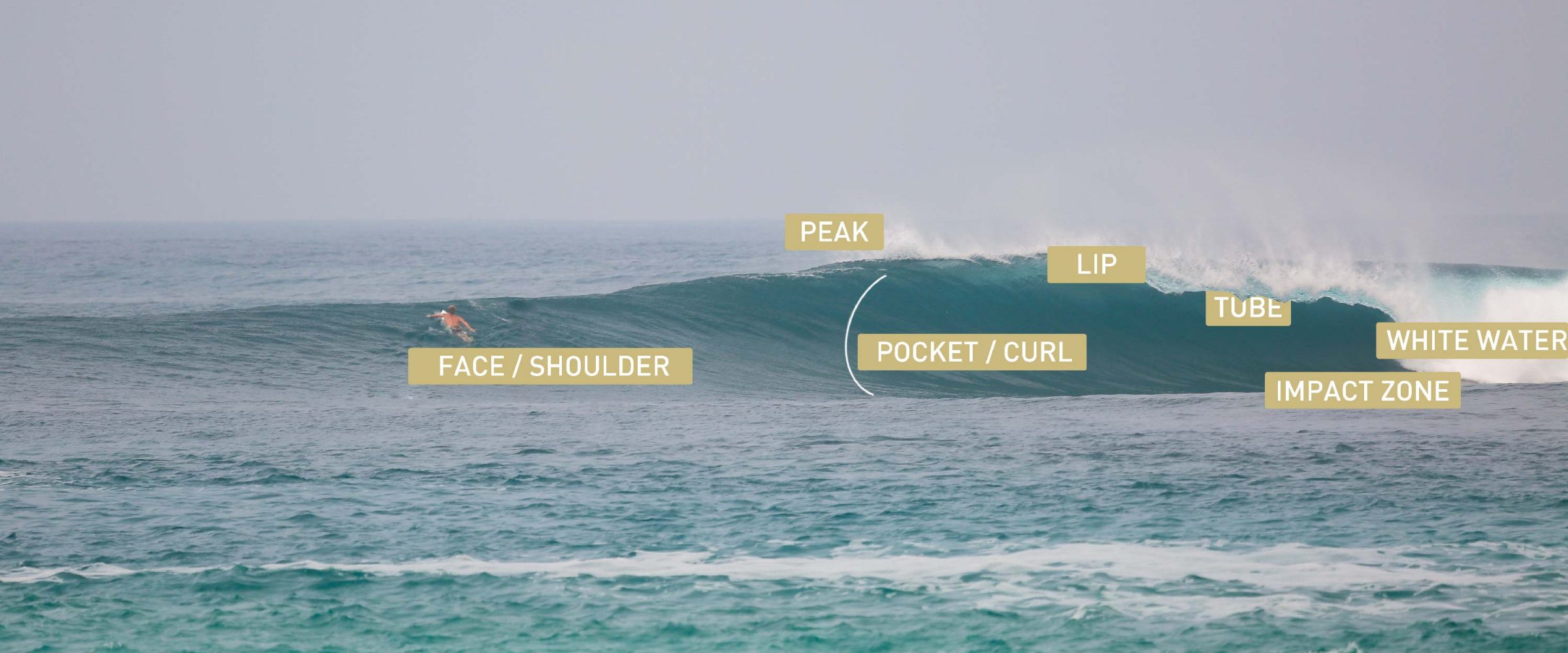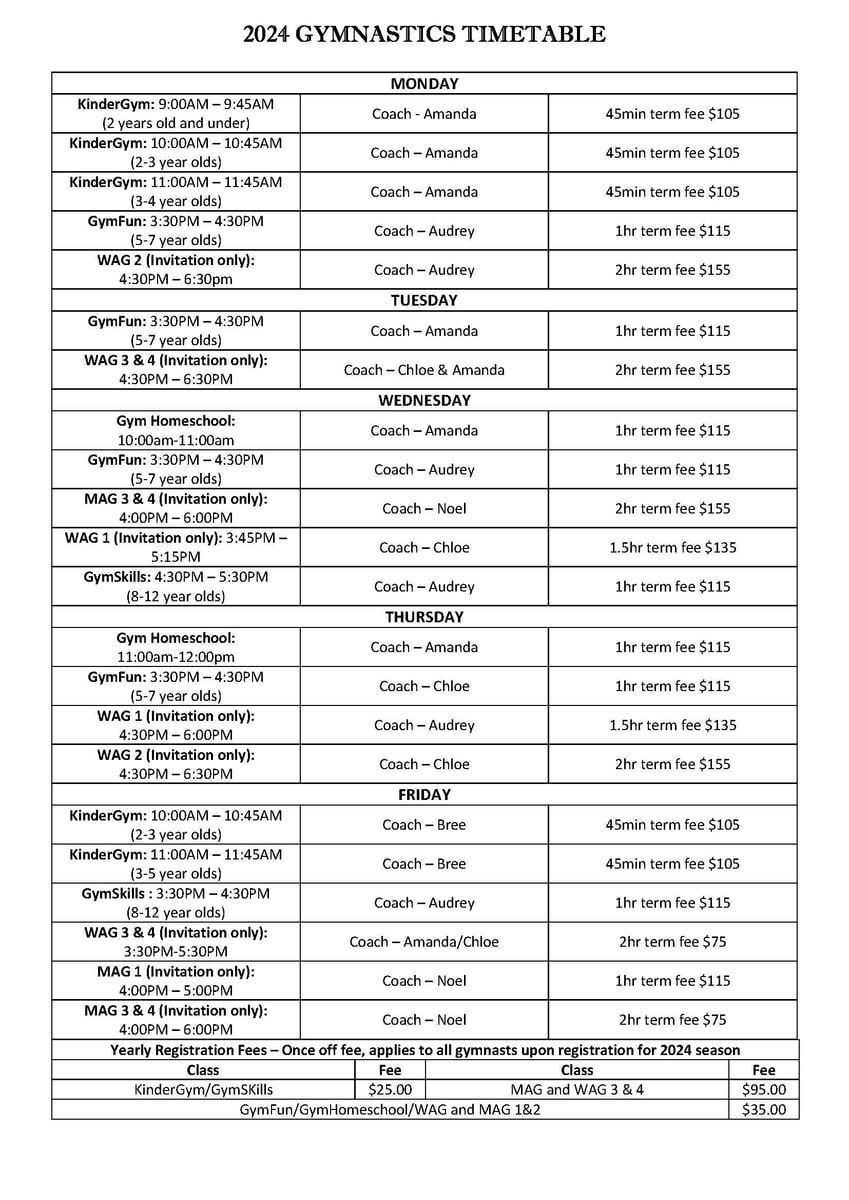
Mastering the Art of Wave Reading: A Surfer’s Guide to Predicting and Riding the Perfect Wave
Surfing, at its core, is a dance between human and nature. It’s a dialogue with the ocean, a conversation held in the language of swells, currents, and breaking waves. While skill, fitness, and equipment play significant roles, the ability to read waves – to anticipate their behavior and choose the perfect ride – is the ultimate key to unlocking surfing’s true potential. Wave reading isn’t an innate talent; it’s a learned skill honed through observation, experience, and a deep understanding of ocean dynamics. This article delves into the intricacies of wave reading, providing a comprehensive guide to help surfers of all levels improve their wave selection and ride quality.
Understanding the Fundamentals: Wave Formation and Behavior
Before attempting to read a wave, it’s crucial to understand how waves are formed and what factors influence their behavior. Waves are generated by wind transferring energy to the water’s surface. The strength and duration of the wind, as well as the fetch (the distance over which the wind blows), directly impact the size and power of the resulting waves. Larger swells, typically generated by distant storms, travel vast distances, often maintaining their energy for hundreds or even thousands of kilometers.
Once a swell reaches shallower water, it begins to interact with the seabed. As the wave’s base slows down due to friction, the crest (top) continues to move forward at a faster pace, causing the wave to steepen and eventually break. The shape of the seabed plays a vital role in determining the type of wave that forms. Gentle slopes often produce long, rolling waves, while steeper slopes can create fast, hollow barrels.
Visual Cues: Deciphering the Ocean’s Language
Reading waves effectively involves recognizing various visual cues that reveal their potential. These cues can be subtle and require keen observation, but mastering them dramatically improves your wave selection.
-
Swell Direction and Period: Observing the direction from which the swell is approaching is crucial. This informs you about the angle at which the waves will break and helps you position yourself for optimal paddling and takeoff. The period (time between successive waves) is also important. Longer periods generally indicate more powerful and consistent waves. You can estimate the period by timing the interval between waves breaking on a distant landmark.
-
Wave Sets and Lulls: Waves rarely arrive individually; they typically come in sets – groups of larger waves followed by periods of smaller waves (lulls). Recognizing these patterns is essential for timing your paddle into a wave and avoiding wipeouts during a lull. Experienced surfers often wait for the larger waves within a set, maximizing their ride potential.
-
Wave Shape and Steepness: The shape of an approaching wave offers valuable insights into its behavior. Steeper waves tend to break faster and with more power, while gentler waves may offer longer, more drawn-out rides. Observing the wave’s face – its curvature and the presence of whitewater – can reveal its breaking characteristics. A bulging wave face often signifies a powerful wave about to break.
-
Whitewater and Foam: Whitewater, or broken water, provides crucial information about the wave’s power and breaking point. The amount and position of whitewater can indicate the intensity and speed of the wave’s break. Consistent whitewater lines along a specific section of the reef or beach often suggest reliable breaking points.
-
Water Depth and Bottom Contour: Understanding the seabed’s topography is fundamental to wave reading. Shallow water causes waves to break sooner and with more power. Observe the color of the water; darker areas often indicate deeper channels, while lighter colors may signify shallower areas where waves tend to break.
Advanced Techniques: Utilizing Environmental Factors
Beyond the immediate visual cues, several environmental factors can significantly influence wave behavior. Experienced surfers incorporate these factors into their wave reading:
-
Wind: Wind can dramatically affect wave shape and break. Onshore winds (blowing towards the shore) often chop up the wave face, making it less rideable. Offshore winds (blowing away from the shore) can create cleaner, more powerful waves with hollow barrels. Side-shore winds can affect wave shape and direction.
-
Tides: The tide significantly impacts wave break. High tide often brings larger waves closer to shore, while low tide may expose reefs and sandbars, changing wave patterns. Understanding the tide schedule allows surfers to predict wave behavior and select the best time to surf.
-
Currents: Ocean currents can influence wave direction and speed. Strong currents can push waves in unexpected directions, requiring surfers to adjust their paddling and positioning. Understanding prevailing currents is vital for efficient wave selection and safe paddling.
-
Light and Shadow: The interplay of light and shadow can enhance your ability to see subtle changes in the wave face and predict its break. Backlighting can make it easier to spot the subtle changes in the wave’s contour, while side lighting can highlight the wave’s shape and volume.
Practice and Patience: The Path to Mastery
Mastering wave reading is a journey, not a destination. It requires consistent practice, patience, and a willingness to learn from both successes and failures. Start by observing waves from the beach or a vantage point, analyzing their behavior and identifying patterns. Gradually, progress to paddling out and attempting to catch waves, constantly refining your wave selection based on your observations.
Don’t be afraid to wipe out; it’s an integral part of the learning process. Each wipeout offers a valuable lesson, reinforcing your understanding of wave dynamics and improving your ability to predict their behavior. Discuss your observations with experienced surfers; they can provide invaluable insights and guidance, accelerating your learning curve.
Conclusion: The Ongoing Conversation with the Ocean
Wave reading is a multifaceted skill that encompasses observation, understanding, and anticipation. It’s a continuous dialogue with the ocean, a constant process of learning and refinement. By mastering the techniques outlined in this article, surfers can significantly enhance their wave selection, improve their ride quality, and ultimately, elevate their surfing experience to a new level of enjoyment and fulfillment. The rewards of mastering wave reading are immeasurable, offering not just better waves, but a deeper connection with the power and beauty of the ocean itself.



